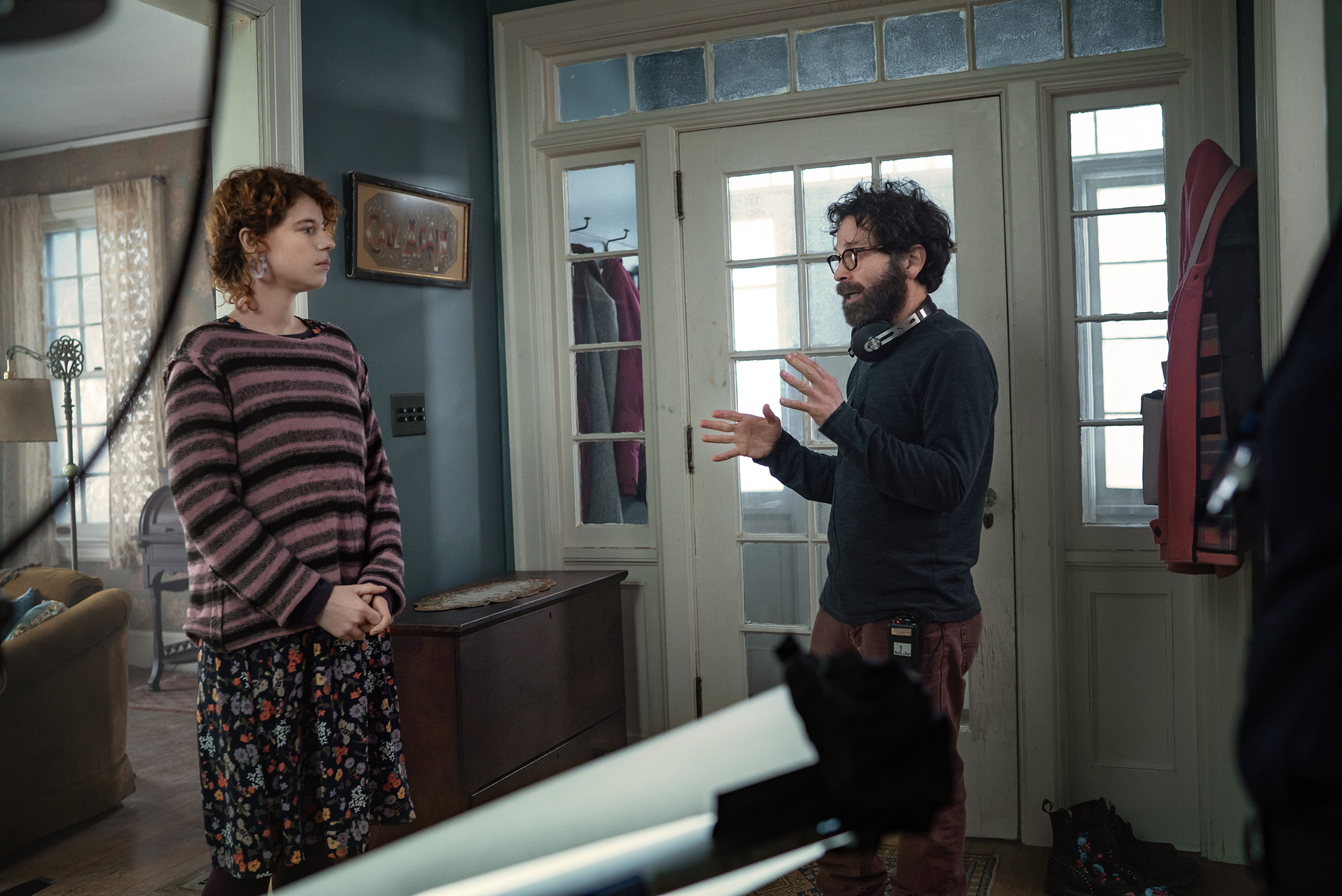Table of Contents Show
Writer/director Charlie Kaufman took some major liberties adapting Ian Reid’s novel I’m Thinking of Ending Things for Netflix. An argument can be made that one is better than the other. The talented actors and transportive set designs bring the story to life on screen. The source material, Reid’s novel, allows the reader more introspection and a chance to develop a deeper connection to the words on the page. Both pieces exist separately and successfully on their own.
Kaufman changed several details from the novel including dialogue, scenes, character point-of-view, and the entire ending. Not all of these changes were beneficial to the story. However, his addition of music and an extended visit to Jake’s parents’ farm was ultimately important to the film adaptation. Reid’s novel wasn’t a story that needed these changes, but those two elements further explored the awkwardness and surrealism of the sequence of events.
I’m Thinking of Ending Things, “I Don’t Feel Like Myself.”
I’m Thinking of Endings is about a young woman traveling with her new boyfriend to meet his parents for the first time. This seems like a simple plot and essentially it is. However, the internal struggle of the young woman considering to “end things” with him becomes anything but simple.
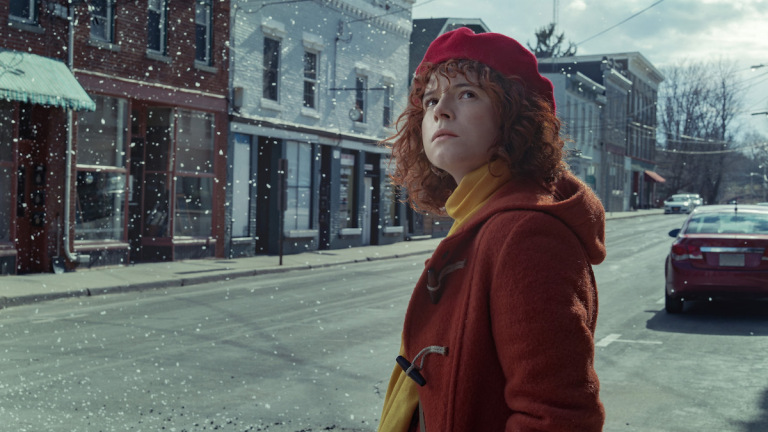
In both mediums, the story begins with the protagonist’s confession:
“I’m thinking of ending things. Once this thought arrives, it stays. It sticks. It lingers. It dominates. There’s not much I can do about it. Trust me. It doesn’t go away. It’s there whether I like it or not. It’s there when I eat. When I go to bed. It’s there when I sleep. It’s there when I wake up. It’s always there. Always.”
(( Reid, Iain. I’m Thinking of Ending Things. Gallery/Scout Press, 2016. ))
Since the book is in first-person, Kaufman blended first and third to make the story less subjective. The young woman’s narration is still used and most of the events are from her point-of-view, but she is also seen outside of her own feelings. The novel spends more time with the protagonist. She recalls their intimate moments in the relationship including times they’ve had sex and a time when Jake went out of town and she missed being apart from him. She has more agency. She is a whole person with a backstory, memories, and female feelings.
In the film, Jake repeatedly interrupts her thoughts as if he can hear what she’s thinking. It’s like he’s trying to take control of the situation. He sees his girlfriend getting too far away from him and he has to pull her back in with questions. It’s not until the end that it’s revealed the young woman doesn’t actually exist. She’s a fantasy that lives in Jake’s mind. He created her based on his own interests in poetry, painting, science, and philosophy. She is his ideal woman. However, his ideal keeps changing throughout the story. In the film, she’s given many names – Lucy, Louisa, Lucia, Yvonne, and at one point Jake calls her “Ames,” presumably short for Amy.
Also, in the film, she is given different occupations and educational backgrounds. At the beginning of the road trip, she says she needs to get home that night because she has a paper to write about rabies. This turns into a discussion about viruses and how they want to live. Jake asks her to recite her most recent poem. She recites “Bonedog,” a poem written by author Eva H.D. This is the first mention of her poetry but there’s a running theme that she’s an artist, either a poet or a painter. The poem is a powerful piece that explores the reality of complete loneliness. Jake says, “It’s like you wrote it about me.”
“All Memories Are Fiction.”
Jake’s parents play a bigger part in the film. In the novel, the visit is unsettling and the young woman’s discomfort is expressed throughout the scene.
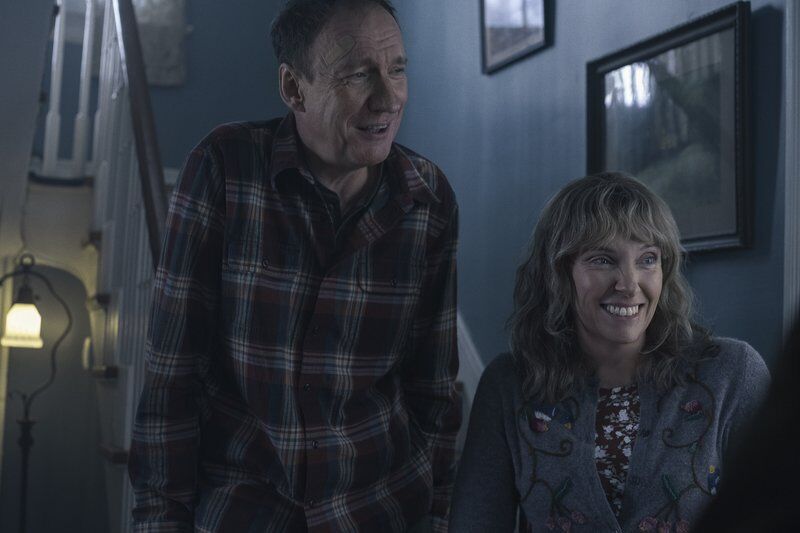
Notable and talented actors David Thewlis and Toni Colette play Jake’s parents in the film. It’s no surprise that Kaufman made an effort to extend the couple’s interaction with them. Colette proved her ability to endure madness in 2018’s Hereditary, one of the top modern horror films in the last decade. She has a similarly manic aspect to her melancholy as Jake’s mother. Thewlis’ performance as Jake’s quiet and reserved father is different from the novel. He’s more judgmental and negative, criticizing Lucy’s paintings and hardly paying attention to Jake at all. In the novel, he is kinder to the young woman and even tells her that she’s good for his son. When the couple first arrives at the house, Jake yells upstairs for his parents.
In both, they have to wait a while for his parents to come down and greet them, but the awkwardness is prolonged in the film and comes off as comedic. When they finally do appear, the parents are older than described in the novel. Both have gray almost white hair. By dinner time, which commences about ten seconds later, they are younger. During the incredibly tense dinner, Jake’s mom says, “Jake tells us you’re a painter.” After a bit of art talk, she says, “Jake tells us you’re studying quantum psychics.” Jake, visibly annoyed and embarrassed, corrects her, “Physics.” By the end of their time at the farm, Jake also says that she is studying gerontology and later a waitress. This constant change comes from external influences that older Jake experiences as a janitor.
“Sometimes It Feels Like No One Sees The Good Things You Do. Like You’re Just Alone”
The janitor is almost a new character for the film. Scenes of the couple are intercut with scenes of a lonely janitor as he eats at home, cleans around the high school, and watches a romantic comedy about a waitress.
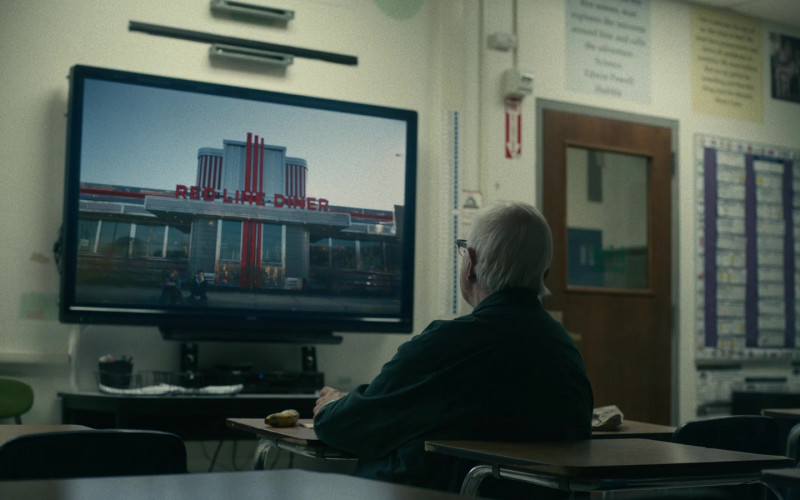
The witness statements in the novel are replaced with shots of the janitor. The statements between chapters slowly reveal that something disturbing happened and people are trying to understand why. Changing the character appearances in the film (hair, clothes, age) shows that Jake’s fantasy is always evolving. He’s influenced by his surroundings – music, for example.
“And A Dream Starts A-Dancin’ In My Head”
Music is the most noticeable addition to the story. The score is strongly influenced by ballet. Composer Jay Wadley wrote an original ballet for the film’s dance sequence and scattered pieces of it throughout the entire score. “I was thinking about how to make the score feel very familiar,” Wadley says,
“But it’s been like somehow brought in to this person and reinterpreted to make up his own sort of alternative narrative in a way.”
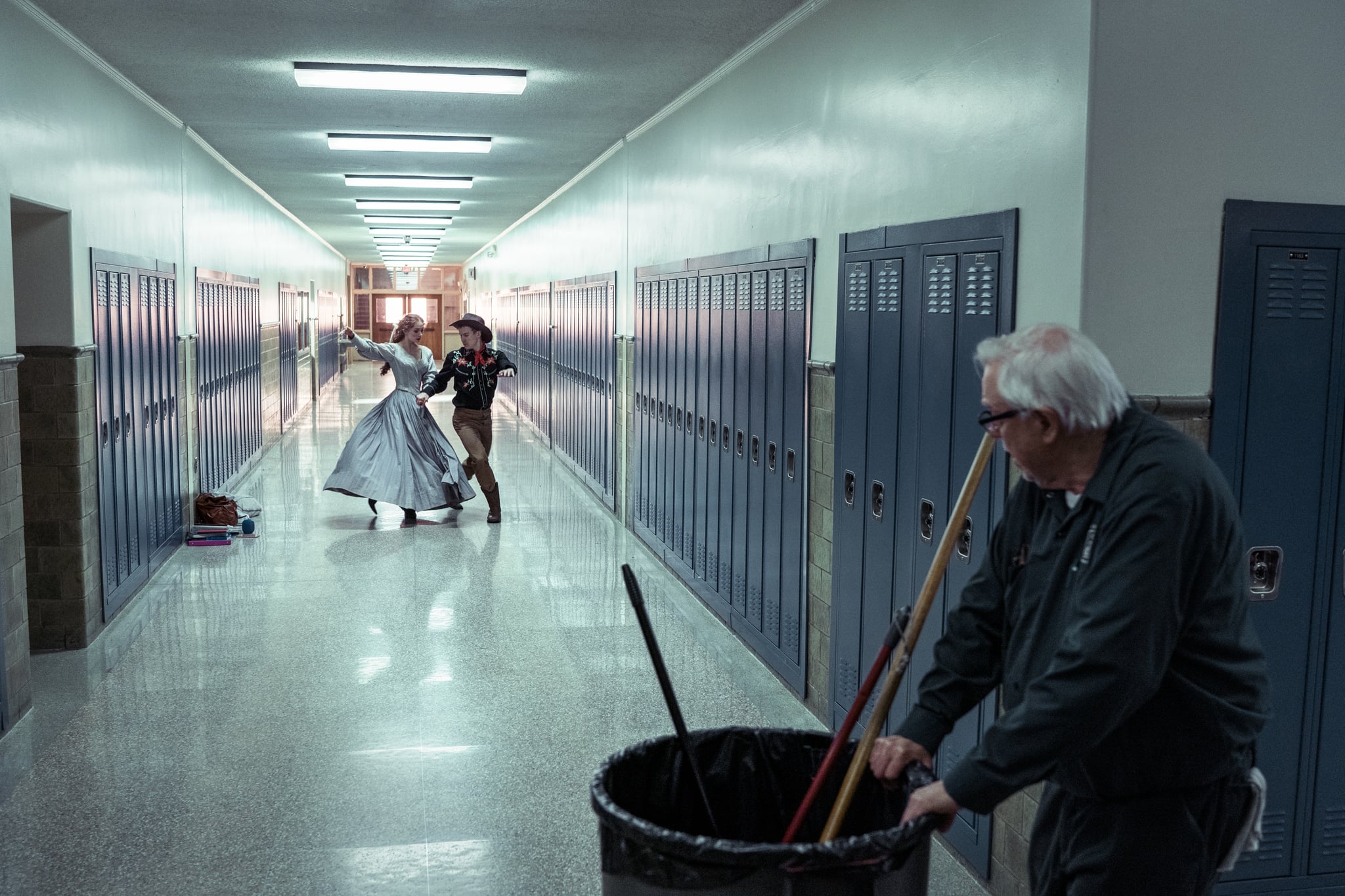
This music adds a more dreamlike quality to the film. At first, Kaufman’s decision to use songs from the musical Oklahoma! is unusual because it doesn’t seem to fit the narrative. However, it makes more sense in the end.
“How Do You Know When Something is Real?”
The novel succeeds in presenting a deeply personal series of events both real and not real. The narrator begins as a nameless young woman and ends with a depressed older man taking his own life. The details are gruesome and tragic. Kaufman’s film becomes more about the jarring aspects of surrealism. The snowstorm, Jake’s rapidly aging parents, and the metaphorical ballet sequence are the benefits of visual storytelling.
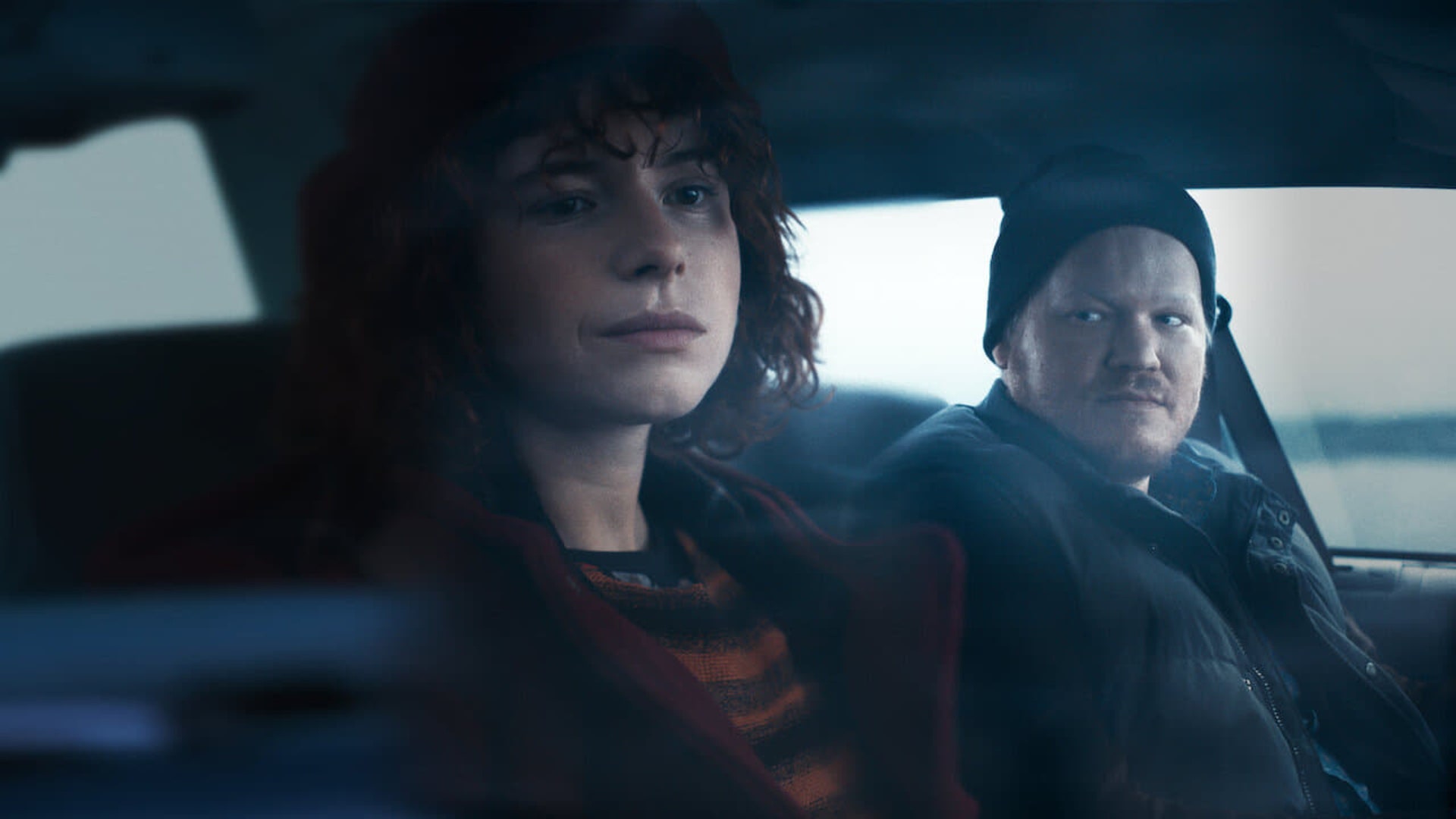
The film ends with Jake in stage production makeup accepting a Nobel Prize. He then performs a rendition of “Lonely Room.” The song is about a man who longs for a romantic relationship with the woman of his dreams. Jake clearly relates to this feeling and perhaps this explains his love of musicals, this one in particular. This ending is completely different than the source material but remains tragic in its own way.
“The Lie of It All.”
I’m Thinking of Ending Things is strongly rooted in philosophy and existentialism. The narrator poses several heavy questions throughout the narrative such as “But isn’t being alone closer to the truest version of ourselves, when we’re not linked to another, not diluted by their presence and judgement?” She also repeatedly begins and ends statements with, “I’m not sure,” “I don’t know,” and “I don’t understand.” Her uncertainty is consistent.
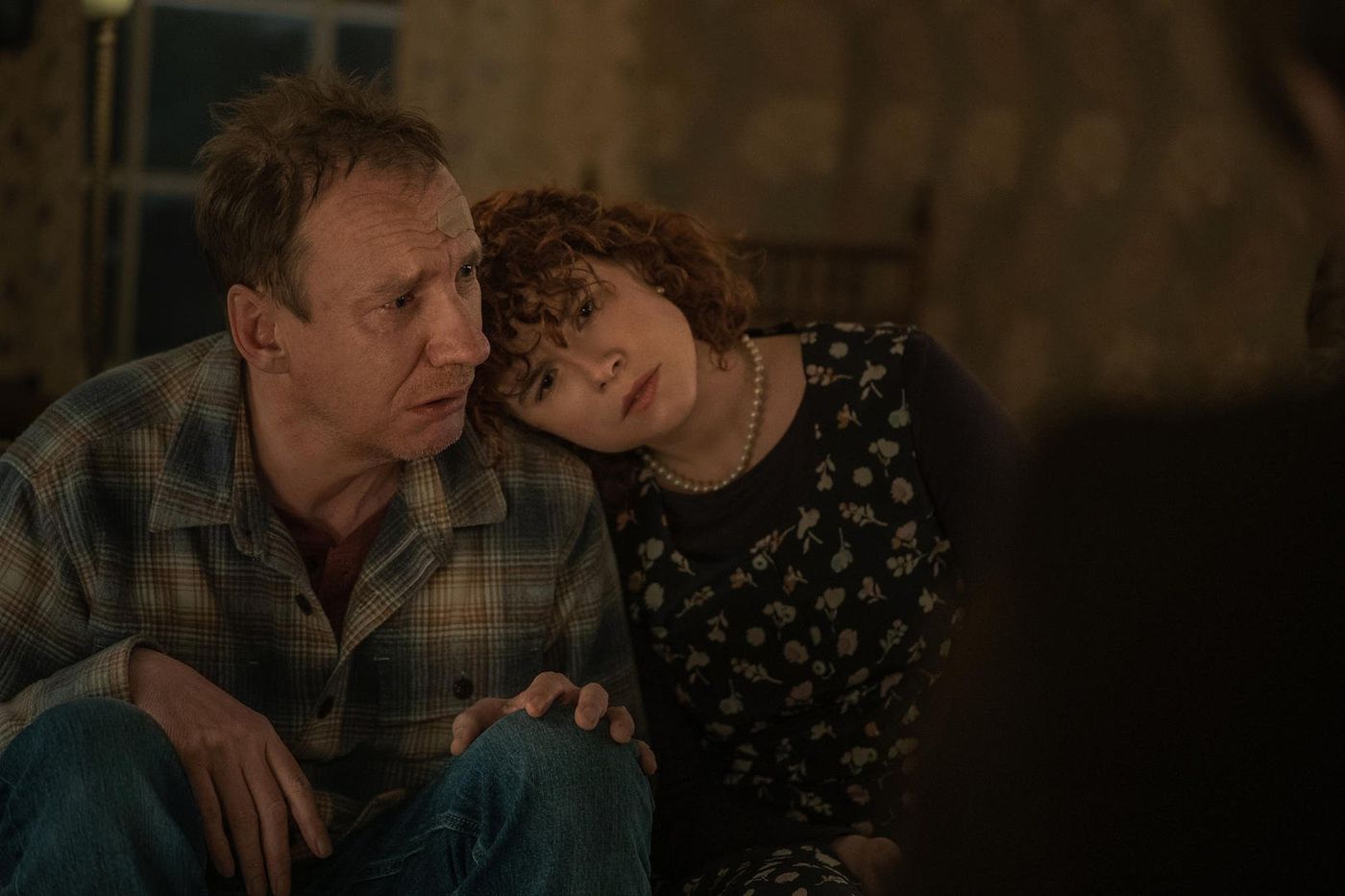
Reid successfully details the very familiar feelings of doubt, confusion, and uneasiness specifically in a relationship. The dialogue conveys the choppiness of thoughts and dreams. The words aren’t flowery or cliche. They are authentic and sometimes strange. Before recounting what she considers to be the scariest thing that has ever happened to her, the young woman explains that she doesn’t find the typical qualities like jump scares and graphic violence to be truly scary.
She says, “Something that disorients, that unsettles what’s taken for granted, something that disturbs and disrupts reality – that’s scary.” This statement reflects what the novel and film are as well. It’s not pure horror. I’m Thinking of Ending Things, both film and novel, cannot fit into any single genre because it carries elements of several.
